Wolves have captivated human imagination for centuries, appearing in our folklore, mythology, and now, conservation efforts. While adult wolves command respect with their powerful presence, their offspring—adorable wolf pups—reveal a softer side to these apex predators. Behind those tiny paws and playful antics lies a fascinating world of complex development, family dynamics, and evolutionary adaptations. From their first wobbly steps within the den to their gradual integration into pack activities, wolf pups undergo remarkable transformations in their early months. This article explores ten heartwarming facts about wolf pups that showcase not only their undeniable cuteness but also the sophisticated social structures and behaviors that help them survive in the wild.
Born Blind and Deaf
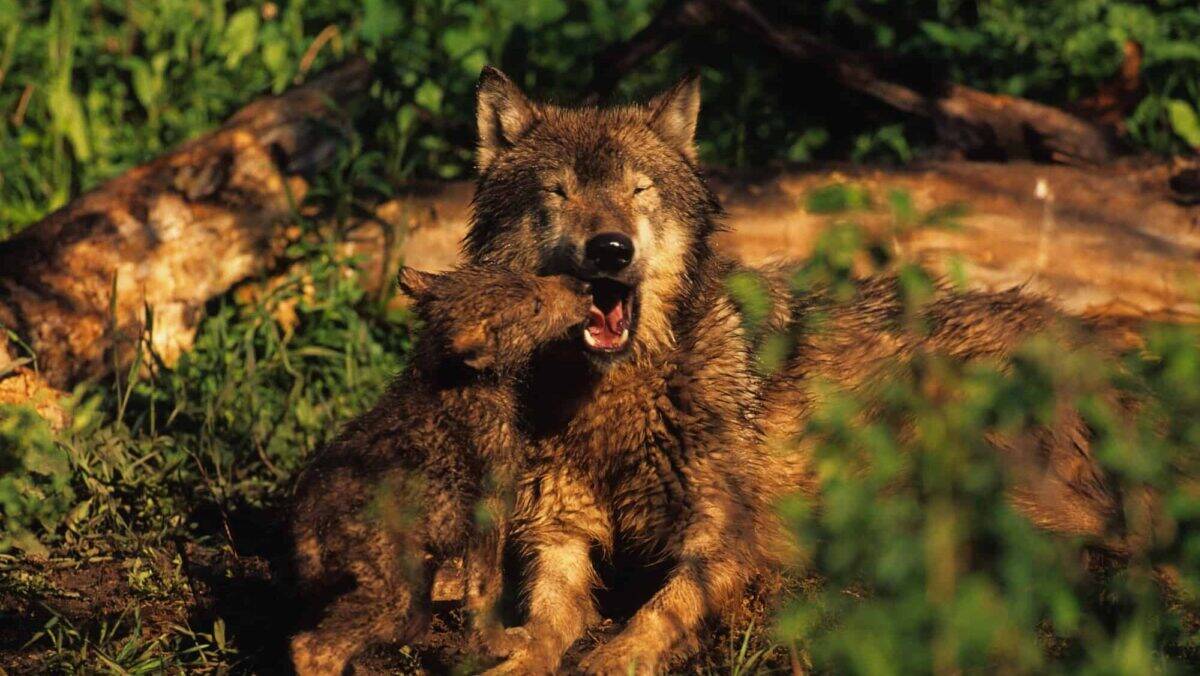
Wolf pups enter the world in an incredibly vulnerable state, weighing only about one pound (450-550 grams). Unlike some other predators, wolves are altricial mammals, meaning their young are born in an underdeveloped state requiring extensive parental care. Newborn wolf pups arrive with their eyes tightly shut and ear canals sealed, making them both blind and deaf during their first weeks of life. This helpless condition makes them entirely dependent on their mother and other pack members for survival.
Their senses develop gradually, with their eyes typically opening between 10-14 days after birth, revealing adorable blue irises that will later change to the characteristic amber or yellow color of adult wolves. Their hearing follows a similar timeline, with ear canals opening around the same period. During this vulnerable stage, pups rely primarily on their sense of smell and touch to navigate their environment and locate their mother for warmth and nourishment. This early period of dependency creates crucial bonding opportunities between the pups and their pack.
The Whole Pack Helps Raise Them

Wolf pups benefit from one of nature’s most impressive communal parenting systems. While the mother wolf (the breeding female or alpha female) provides the primary care, especially nursing, wolf pups are raised by the entire pack in a cooperative breeding arrangement. This “it takes a village” approach means that aunts, uncles, siblings, and other pack members all contribute to caring for, protecting, and teaching the young pups. Some pack members may even regurgitate food for the pups after a successful hunt, ensuring they receive proper nutrition even before they’re old enough to join hunting expeditions.
This collective rearing system serves multiple purposes in wolf society. It strengthens pack bonds, teaches younger wolves valuable parenting skills they’ll need later in life, and significantly increases the pups’ chances of survival in harsh environments. Research has shown that wolf pups in packs with multiple caregivers have higher survival rates than those in smaller family units. This altruistic behavior highlights the sophisticated social structure of wolf packs and demonstrates how their evolutionary success is tied to cooperative family dynamics.
They Begin Howling at Just 3 Weeks Old
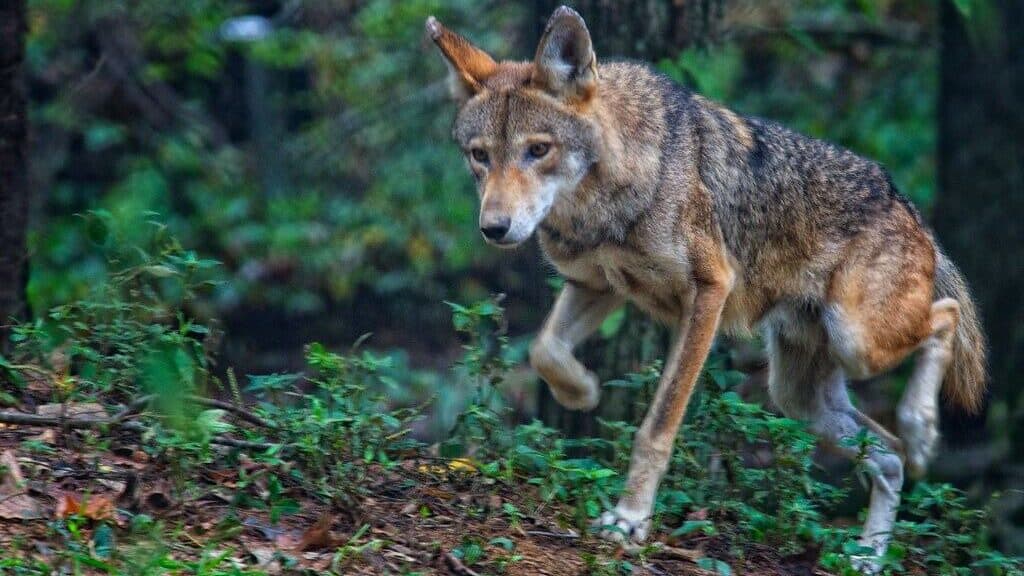
One of the most iconic wolf behaviors—howling—begins remarkably early in life. By just three weeks of age, wolf pups start attempting their first tiny howls, though these initial vocalizations sound more like high-pitched squeaks or yips rather than the deep, resonant calls of adult wolves. These early acoustic attempts mark the beginning of their communication development and represent an important milestone in their growth. As the weeks progress, their vocal abilities mature, gradually deepening and strengthening until they can join the adult chorus.
These early vocalizations serve critical functions beyond just being adorably heart-melting. They help pups develop the muscles needed for full howling, allow them to practice pack communication, and strengthen their place within the family social structure. Researchers studying wolf communication have observed that pups often attempt to howl immediately after adults, mimicking the timing and sometimes even the pitch patterns of their elders. This vocal practice represents one of the earliest forms of social learning in wolves and helps prepare pups for their future role in pack communication.
Playtime Is Actually Survival Training

Those tumbling, wrestling matches and playful chases that make wolf pup videos go viral online aren’t just adorable antics—they’re sophisticated survival training sessions. When wolf pups play, they’re actually developing crucial physical and social skills they’ll need for adult life. These play sessions help build muscle strength, coordination, and stamina while honing hunting techniques like pouncing, chasing, and even takedown maneuvers. Through play-fighting, pups learn the mechanics of how to eventually hunt prey, defend territory, and establish their position within the pack hierarchy.
Beyond physical skills, playtime teaches vital social boundaries. Through their roughhousing, pups learn bite inhibition—controlling the force of their bite to avoid causing actual harm to packmates. They also develop understanding of subtle body language cues, submission signals, and pack etiquette that will govern their adult interactions. Researchers have observed that wolf pups who engage in more diverse play behaviors often demonstrate better problem-solving abilities and social integration as adults. Each playful interaction serves as a low-stakes practice session for the high-stakes realities of wolf survival they’ll face as they mature.
Wolf Pups Have Unique Personalities From Birth

Just like human babies, wolf pups display distinct personalities almost from birth. Within the same litter, some pups may be naturally more curious and adventurous, while others show greater caution or sensitivity. Some might be more socially oriented, seeking frequent interaction with siblings and adults, while others demonstrate more independent tendencies. These innate temperamental differences aren’t just casual observations—they’ve been documented by wildlife biologists who can identify consistent behavioral patterns in individual pups that persist as they mature into adults.
These personality variations play an important evolutionary role in wolf pack dynamics. A mixture of temperaments within a pack creates a balanced social structure where different wolves excel at different roles—from bold hunters to cautious sentries to nurturing caregivers. Research suggests these personality differences are shaped by a combination of genetics and early developmental experiences. Wolf pups with varying temperaments often find different niches within pack dynamics as they grow, with some naturally gravitating toward leadership roles while others thrive as cooperative team members. This diversity of personalities contributes to the adaptability and resilience of the wolf pack as a social unit.
They Lose Their Baby Teeth Just Like Human Children
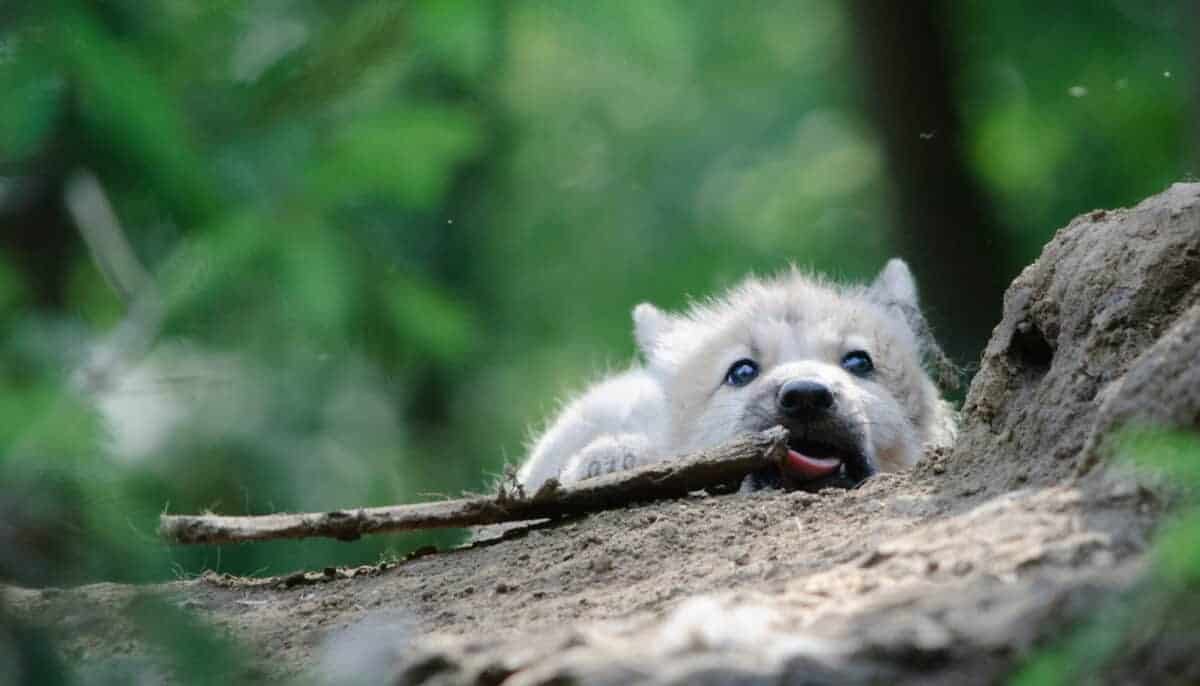
In a developmental parallel that creates an unexpected connection between wolves and humans, wolf pups go through a teething process remarkably similar to human children. Wolf pups are born toothless, with their first deciduous (baby) teeth typically emerging around 2-3 weeks of age. By 6-8 weeks, they have a full set of 28 sharp, milk teeth that help them begin transitioning from nursing to consuming regurgitated meat provided by pack members. Just like human children, they experience a teething period that can cause discomfort, leading pups to chew enthusiastically on sticks, bones, and occasionally the patient ears of adult pack members.
Around 16-26 weeks of age, wolf pups begin losing these baby teeth as their permanent adult teeth start pushing through the gums. This transition completes by approximately 6-7 months of age, resulting in their full adult set of 42 teeth—essential tools for their survival. During this teething transition, observant wolf researchers have even found tiny wolf puppy teeth scattered around den sites—nature’s version of the tooth fairy’s bounty. The impressive adult dentition they develop includes specialized carnassial teeth designed for shearing meat and powerful canines capable of gripping prey, representing an evolutionary marvel of natural engineering.
First Outings From the Den Are Family Affairs
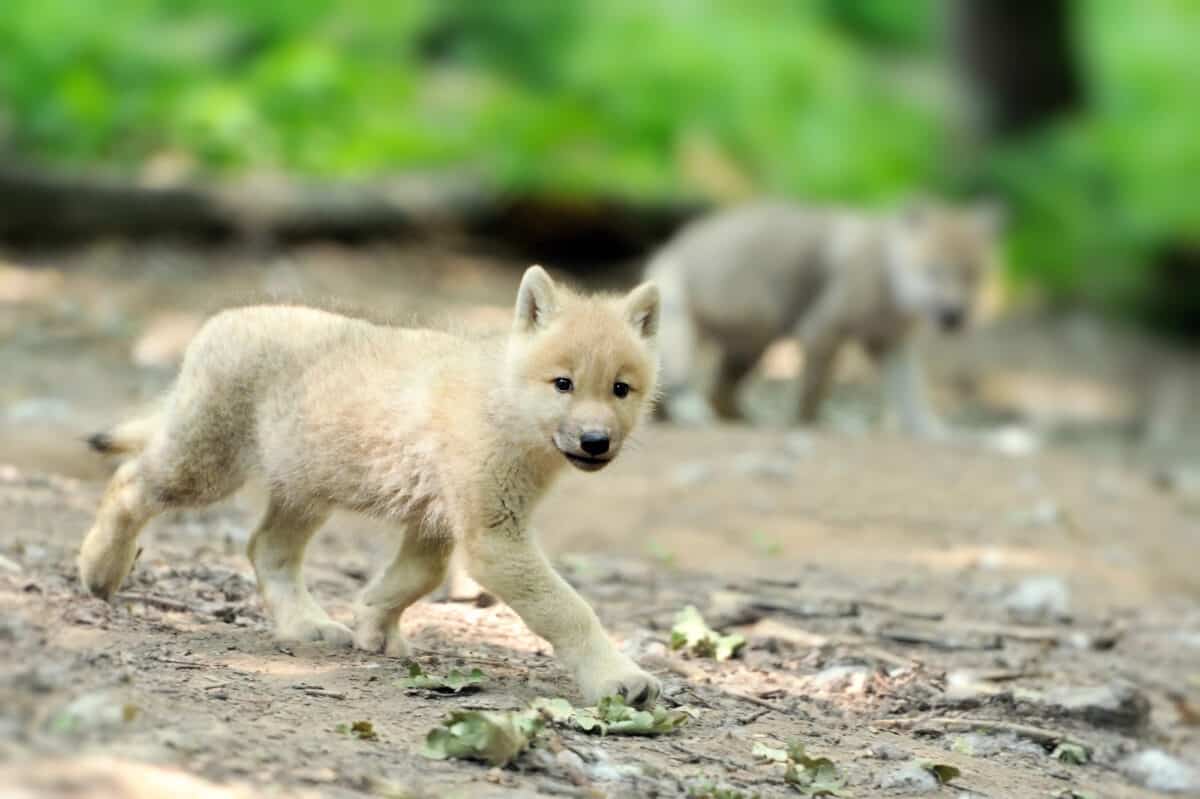
A wolf pup’s first venture outside the den represents a momentous milestone in their development, typically occurring around 3-4 weeks of age. Rather than being a solo exploration, these initial outings are carefully orchestrated family affairs with multiple pack members standing guard. The first steps into the wider world often begin as short, supervised excursions just outside the den entrance, allowing pups to experience sunlight, wind, and the complex tapestry of forest smells while remaining under the watchful eyes of protective adults. Pack members form a security perimeter, remaining vigilant for potential threats like eagles, bears, or rival wolf packs.
These supervised adventures gradually extend in duration and distance as the pups gain confidence and coordination. By 8-10 weeks, wolf pups typically transition from the birthing den to a “rendezvous site”—a above-ground area serving as a home base where they’ll spend increasing time while adults hunt. These sites are carefully selected by the pack for safety, often featuring natural escape routes and cover. Wildlife biologists studying wolf families have observed that these first explorations are characterized by an endearing mixture of boldness and trepidation, with some pups charging fearlessly forward while siblings hang back, watching carefully before summoning the courage to follow.
Wolf Pups Grow at an Astonishing Rate
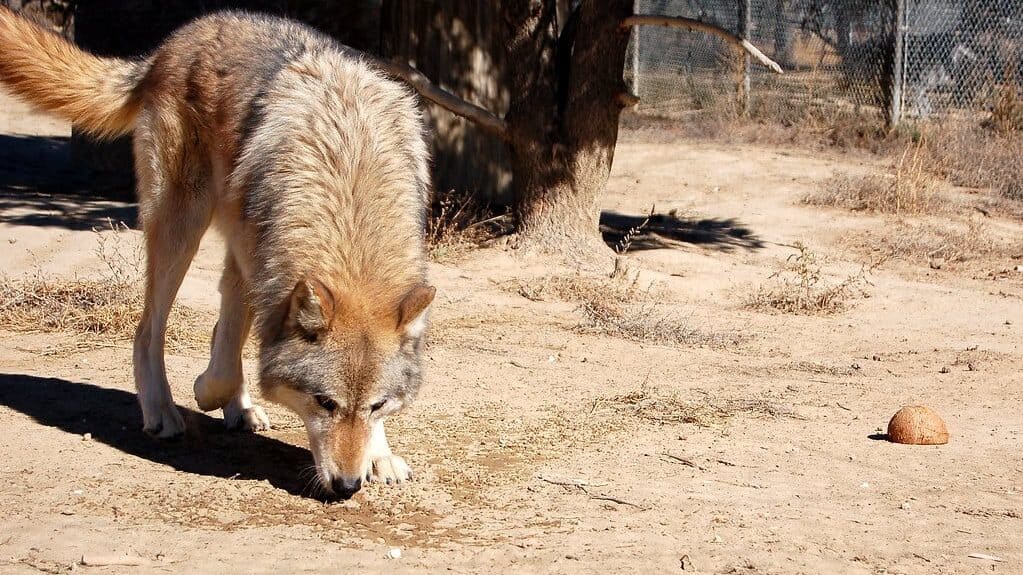
The physical development of wolf pups occurs at a pace that would make human parents envious. Starting at just one pound at birth, wolf pups undergo an extraordinary growth transformation, multiplying their body weight by nearly 30 times in their first year. By six months of age, many wolf pups already approach adult size, though they remain distinctively “teenage-like” with their gangly proportions and oversized paws they haven’t quite grown into. This rapid growth is fueled by rich mother’s milk in the early weeks, followed by a protein-rich diet of regurgitated meat provided by pack members.
This accelerated development timeline reflects wolves’ evolutionary adaptation to the harsh realities of wilderness survival. Unlike human children who enjoy years of protected development, wolf pups must be prepared to travel with the pack, evade dangers, and potentially contribute to hunting by their first winter—just 6-8 months after birth. The most dramatic growth period occurs between 2-6 months when pups gain weight at rates sometimes exceeding a pound per week. This rapid physical maturation is matched by accelerated cognitive and social development, allowing young wolves to integrate into complex pack activities before they reach their first birthday. Their remarkable growth rate stands as testament to the evolutionary pressures that have shaped these remarkable animals.
They Have Blue Eyes as Babies
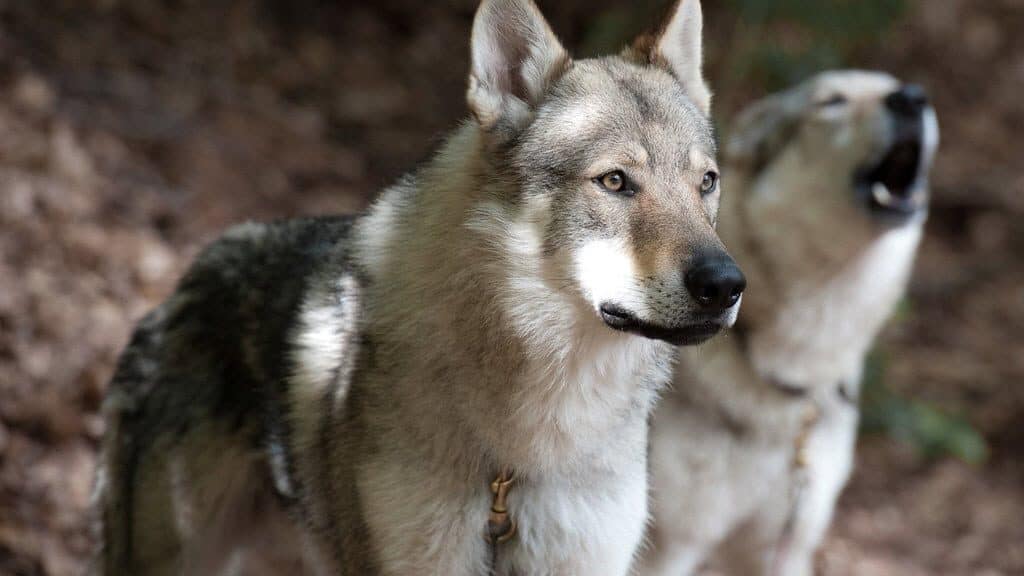
One of the most enchanting features of wolf pups is their striking blue eyes, which create an irresistibly photogenic quality that would make any wildlife photographer’s heart skip a beat. All wolf pups are born with blue eyes regardless of what their adult eye color will eventually become. This initial blue coloration occurs because melanin, the pigment that gives eyes their color, hasn’t yet been fully deposited in the iris. The same phenomenon occurs in many human babies, creating a heartwarming parallel between species that otherwise seem worlds apart.
Around 8-16 weeks of age, wolf pups undergo a gradual eye color transformation as melanin production increases. Their eyes typically shift from bright blue to an intermediary gray-blue before finally settling into the golden-yellow, amber, or occasionally green eyes characteristic of adult wolves. Interestingly, this eye color change coincides with other major developmental milestones, including increased independence and the beginning of their participation in short pack excursions. Some wolf researchers suggest the timing isn’t coincidental—the adult eye color develops as pups transition from complete dependency to becoming active pack participants, almost like a visible marker of their maturation process.
Pups Learn to Howl in Harmony With the Pack

One of the most magical aspects of wolf family life is how pups learn to participate in the pack’s chorus howls—a sophisticated vocal tradition that strengthens group bonds while communicating with distant pack members. Young pups begin by joining group howls with enthusiastic but often off-key contributions that wolf researchers describe as “squeaky” or “warbling.” Over time, through regular participation and apparent practice, they gradually refine their technique until they can match the timing, pitch, and duration patterns of adult howls. This vocal development represents a beautiful example of cultural transmission in wolves.
Pack howls serve multiple purposes in wolf society, including territorial announcements, reunion celebrations, and coordination during hunts. By participating from an early age, pups internalize this important communication system. Wildlife biologists studying captive wolf families have observed that pups appear to actively listen during group howls, sometimes tilting their heads and adjusting their own vocalizations in apparent response to the adults around them. Perhaps most heart-melting of all is when an isolated pup attempts a solo howl to regain contact with family members, producing a high-pitched, wavering call that immediately triggers protective responses from nearby adults who answer with reassuring vocalizations of their own.
They Form Lifelong Bonds With Siblings

The relationships wolf pups form with their littermates often last a lifetime, creating sibling bonds that remain strong even as they mature into adults. These early connections, forged through constant interaction during vulnerable developmental stages, create lasting attachments that influence pack dynamics for years. Siblings who grow up together often develop specialized communication systems, including unique play signals, vocalizations, and body language that they use preferentially with each other. Researchers tracking wolf families have documented siblings preferentially sleeping beside one another, engaging in mutual grooming, and forming cooperative alliances during hunting and territorial activities.
These sibling relationships contribute significantly to pack cohesion and survival success. Wolf siblings frequently remain together in their natal pack for several years, creating stable family units that benefit from their deep familiarity with each other’s strengths, weaknesses, and behavioral tendencies. When siblings do eventually disperse to form new packs, they sometimes leave together as a cooperative unit, improving their chances of successfully establishing new territory. The depth of these familial bonds challenges simplistic views of wolves as merely instinct-driven animals, revealing their capacity for complex, enduring social connections that in many ways mirror the importance of sibling relationships in human families.
Conclusion: Understanding the Heart Behind the Howl

Wolf pups represent nature’s perfect balance of adorable vulnerability and evolutionary resilience. Their development from helpless, blind newborns to capable pack members within a single year showcases the remarkable adaptability that has allowed wolves to survive in diverse habitats across the Northern Hemisphere for millennia. The facts we’ve explored reveal how every charming aspect of wolf pup behavior—from their playful tumbling to their practice howls—serves critical survival functions while simultaneously melting the hearts of anyone fortunate enough to witness them.
Understanding wolf pups offers more than just heartwarming entertainment; it provides crucial insights for conservation efforts aimed at protecting these ecologically vital predators. By appreciating the complex family structures, sophisticated communication systems, and nuanced social development of young wolves, we gain a deeper respect for these animals beyond their mythological representations. In many ways, wolf pups serve as ambassadors between their wild world and ours, reminding us of the remarkable intelligence and social complexity that exists beyond human society.
As we continue learning about these charismatic youngsters, perhaps the most important takeaway is how their family-centered lives challenge our cultural stereotypes about wolves. Far from being the lone, merciless hunters of folklore, wolves reveal themselves through their offspring to be deeply bonded, cooperative animals whose success depends on teaching, protecting, and nurturing the next generation. In that revelation lies not just scientific knowledge but also a powerful reminder of our shared evolutionary heritage as social mammals who thrive through connection, care, and community.
- 10 Animals That Can Live Without Oxygen for Hours - August 19, 2025
- 11 Tiny Animals With Huge Impact - August 19, 2025
- 10 Most Googled Questions About Animal Hibernation - August 19, 2025

